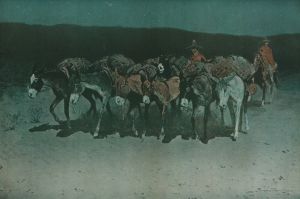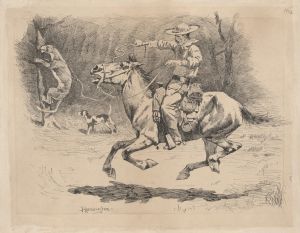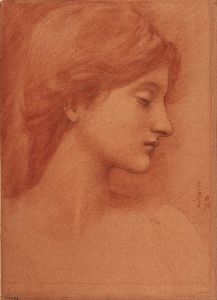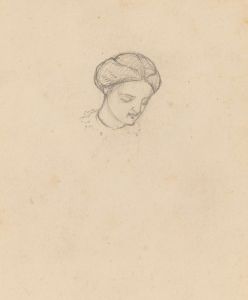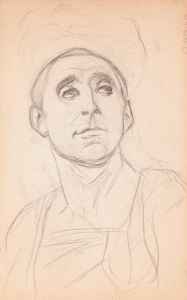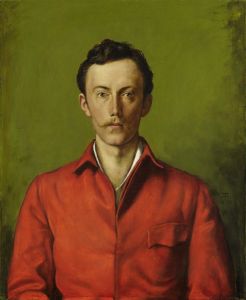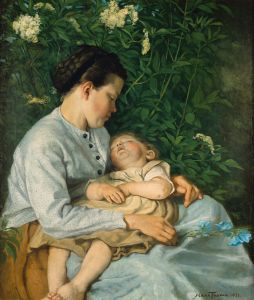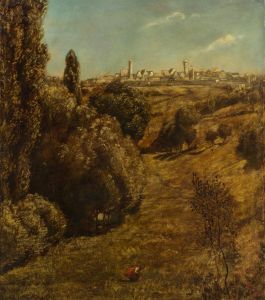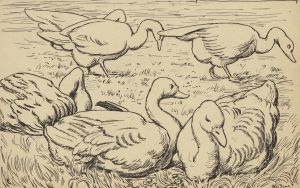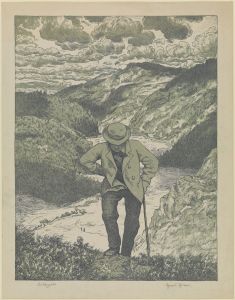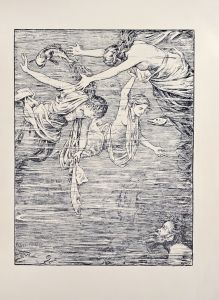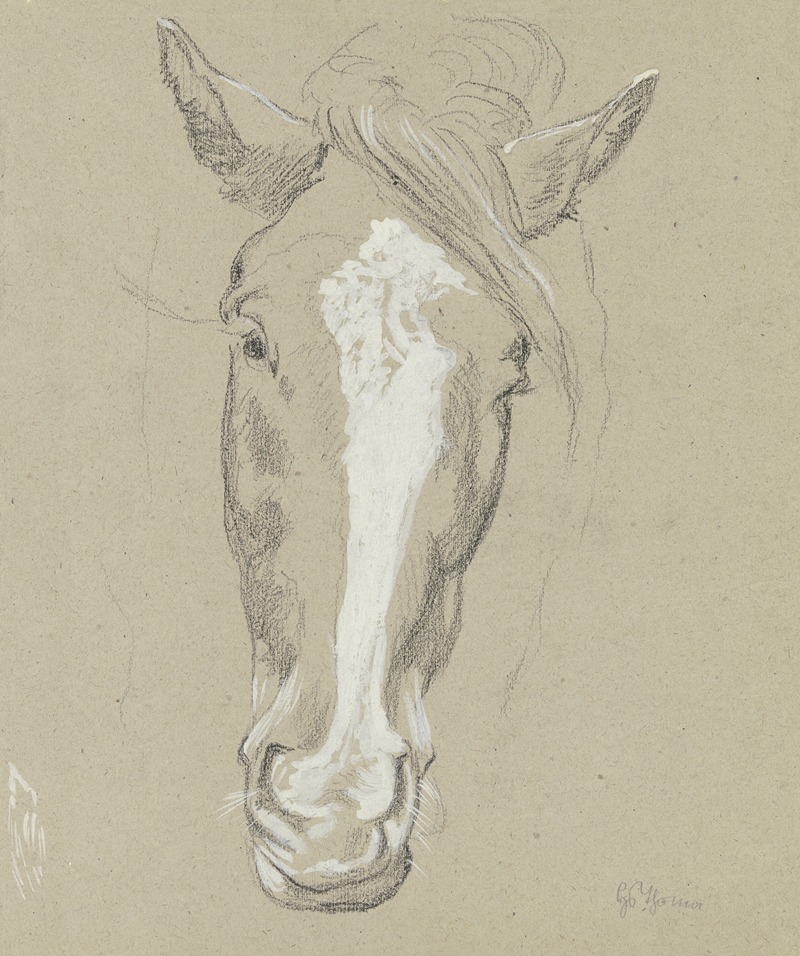
Horse head
A hand-painted replica of Hans Thoma’s masterpiece Horse head, meticulously crafted by professional artists to capture the true essence of the original. Each piece is created with museum-quality canvas and rare mineral pigments, carefully painted by experienced artists with delicate brushstrokes and rich, layered colors to perfectly recreate the texture of the original artwork. Unlike machine-printed reproductions, this hand-painted version brings the painting to life, infused with the artist’s emotions and skill in every stroke. Whether for personal collection or home decoration, it instantly elevates the artistic atmosphere of any space.
Hans Thoma was a German painter born on October 2, 1839, in Bernau in the Black Forest, and he became one of the most significant figures in 19th-century German art. Known for his landscapes, portraits, and genre paintings, Thoma's work often reflects a deep connection to nature and the German countryside. However, specific information about a painting titled "Horse Head" by Hans Thoma is not readily available in historical records or major art references.
Thoma's artistic journey began with his studies at the Karlsruhe Academy of Fine Arts, where he was influenced by the works of the Old Masters and the emerging styles of his time. He later moved to Düsseldorf and then to Paris, where he encountered the works of Gustave Courbet and the Barbizon School, which left a lasting impact on his style. Thoma's paintings often exhibit a blend of realism and romanticism, capturing the essence of the German landscape and its people.
Throughout his career, Thoma was associated with the Munich Secession, a group of artists who broke away from traditional academic art in favor of more modern approaches. His work gained recognition and appreciation, leading to his appointment as the director of the Karlsruhe Academy in 1899. Thoma's influence extended beyond his paintings, as he played a significant role in shaping the direction of German art during his tenure.
While Thoma's oeuvre includes a variety of subjects, including mythological themes and religious motifs, his landscapes and depictions of rural life remain some of his most celebrated works. His ability to capture the serene beauty of nature and the simplicity of everyday life resonated with audiences, earning him a place among the notable artists of his time.
Despite the lack of specific information about a painting titled "Horse Head," Thoma's body of work reflects his versatility and skill as an artist. His paintings are characterized by their meticulous attention to detail, vibrant use of color, and a profound sense of harmony with the natural world. Thoma's legacy continues to be appreciated in Germany and beyond, with his works held in various museums and collections.
In summary, while there is no detailed information available about a specific painting called "Horse Head" by Hans Thoma, his contributions to the art world are well-documented. Thoma remains a respected figure in art history, known for his ability to blend realism with romanticism and for his dedication to capturing the beauty of the German landscape. His influence on German art and his role in the Munich Secession highlight his importance as an artist who bridged traditional and modern approaches in the late 19th and early 20th centuries.





